Ingredients:
4 cups chopped carrots
1 cup coconut cream (creamed whole coconut, not just the mylk)
3 teaspoons cinnamon
1 1/2 teaspoon nutmeg
1/2 teaspoon ginger
4 teaspoons vanilla extract
8 drops stevia
Crust:
1/2 cup sprouted, dried buckwheat groats
1/2 cup sprouted, dried almonds
6 large dates, chopped
3 Tablespoons raw cacao powder
2 dashes sea salt
Directions:
Chop the carrots in a food processor until they are as smooth and creamy as you can get them. Add the remaining ingredients and continue to process until smooth. Set aside.
To make the crust, process the buckwheat and almonds in a food processor until the pieces are mostly powder with some small chunks. Add the remaining ingredients and process until uniform and slightly sticky.
Press the crust mixture into two 4" square ring mould and top with the pumpkin pie filling. Press down and smooth out the top. Refrigerate for an hour and then carefully remove from the mould, slice and garnish with whipped cream.
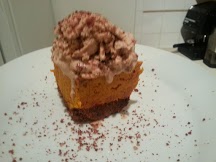
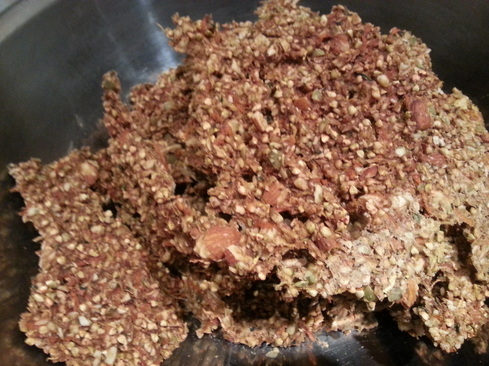
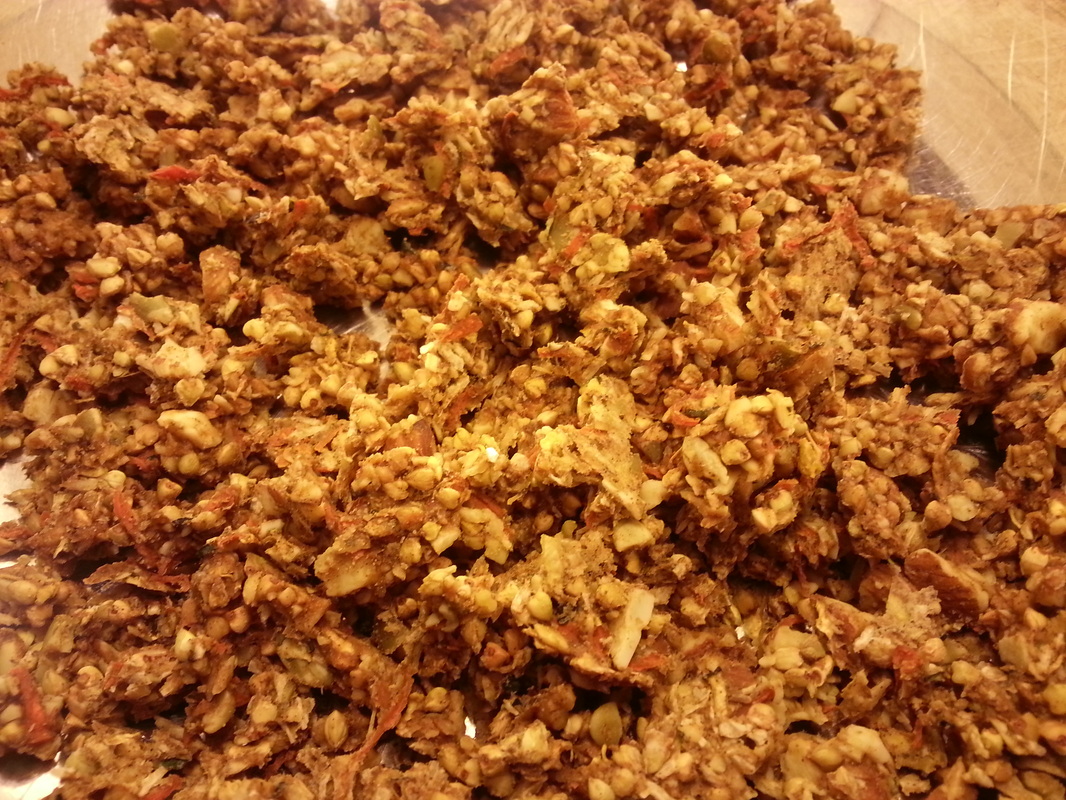
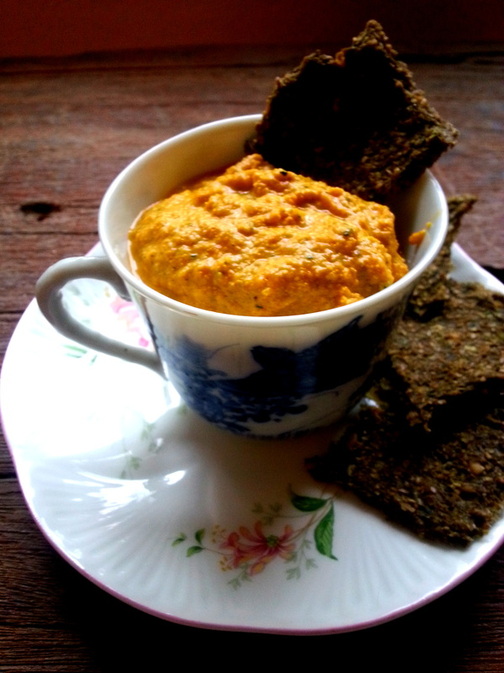
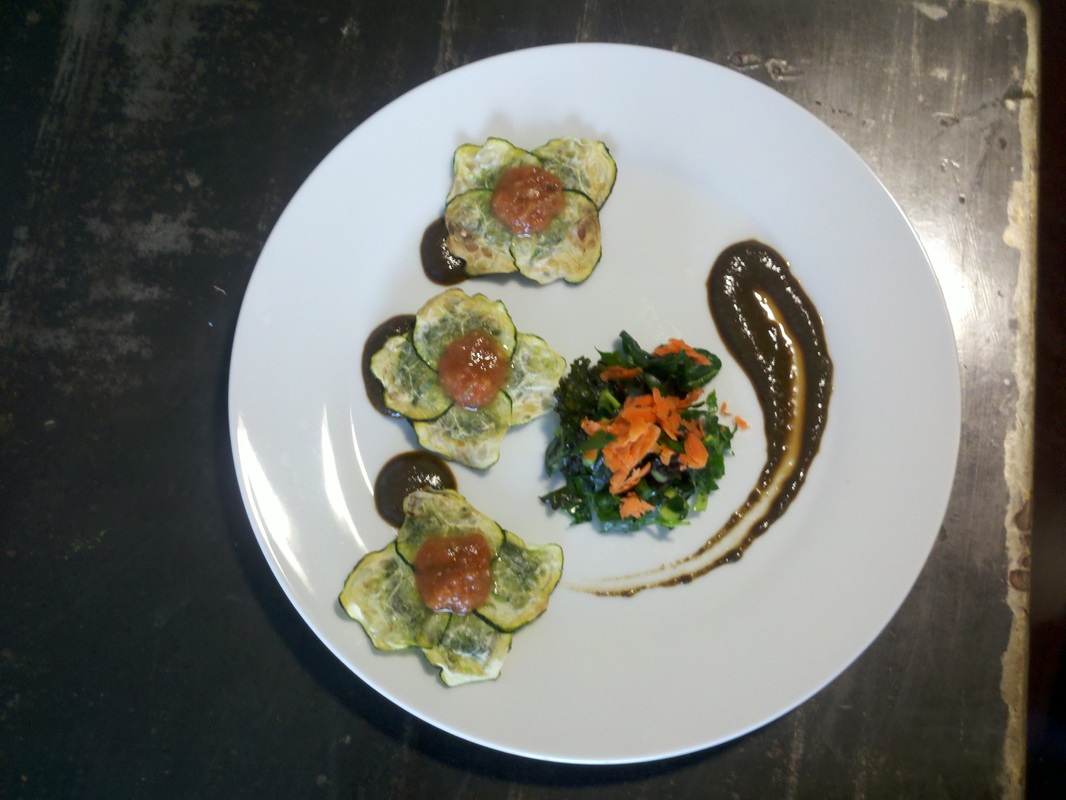
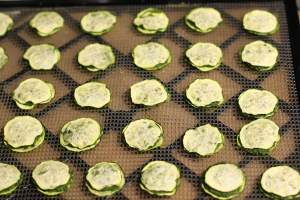
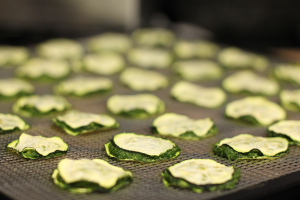
 RSS Feed
RSS Feed
